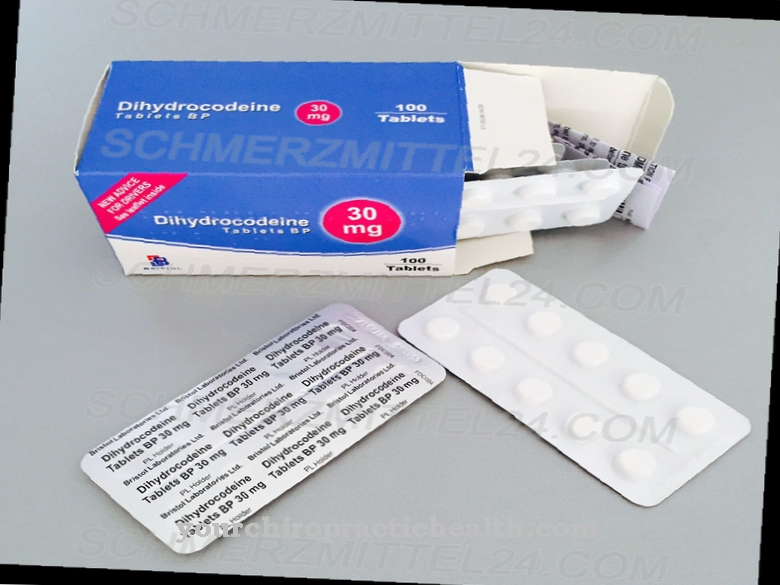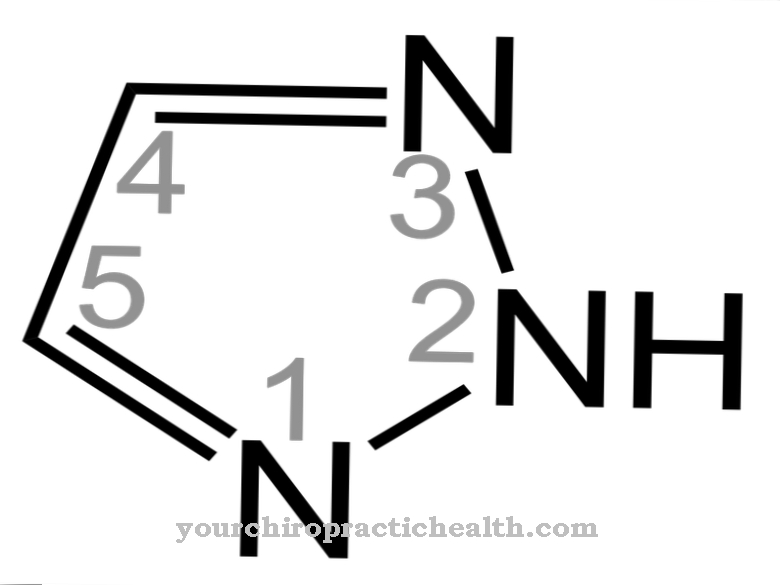With the substance Darunavir is a drug that is characterized by its antiviral properties. The drug belongs to the category of HIV protease inhibitors and is primarily used in the context of drug therapy for infections with the type 1 HI virus. The main reason that darunavir works is because it interferes with the viral protease. This is essential for viruses to multiply.
What is darunavir?
The active ingredient darunavir is a so-called virustatic and is counted among the HIV protease inhibitors. The drug is suitable for treating HIV-1 infection. It can be used in both adult patients and children whose weight is more than 20 kilograms. Usually the drug darunavir is given in the form of tablets. In addition, oral suspensions of the active ingredient are also available on the pharmaceutical market.
The substance darunavir was approved as a drug in Switzerland in 2006 and is available under the trade name Prezista®. In addition, a combination product of darunavir and the substance cobicistat was approved in 2016. This medication is available on the market under the name Rezolsta®.
Darunavir ethanolate is used for pharmaceutical purposes. This substance is a white powder. The structure of this substance is non-peptide.
Pharmacological effect
The drug darunavir is characterized by a typical mode of action. The antiviral effects of the substance darunavir are primarily relevant for its effectiveness. For this reason, the drug is used to treat infections with HIV-1.
The effectiveness of the substance is primarily due to the fact that it inhibits the so-called HIV protease. This is particularly important for the maturation processes of the viruses and their reproduction. In principle, the active ingredient darunavir in combination with the substance ritonavir has a half-life of around 15 hours.
In the vast majority of cases, the drug is administered orally. The drug darunavir is administered in the form of tablets. After ingestion, the concentration of the active ingredient in the blood increases and 95 percent of it binds to the proteins in the blood plasma. Then the substance is metabolized in the hepatic way, i.e. in the liver. Overall, the plasma half-life averages around 15 hours.
In principle, darunavir blocks the HIV protease. As a result, only non-infectious forms of viruses arise. This prevents new cells from becoming infected with the virus.
The tablets are taken either once or twice a day. The active ingredient darunavir is usually used with a so-called pharmacokinetic booster, for example with cobicistat or ritonavir. These substances are CYP inhibitors and they slow down the breakdown of the drug. Basically, the drug darunavir is a substrate of the substance CYP3A4.
Medical application & use
The drug darunavir is especially suitable for the drug therapy of infections with HIV-1. To increase the effectiveness of the substance, the drug darunavir is often combined with the boosters ritonavir or cobicistat. The boosters are only used in a low dose. They inhibit the metabolism and breakdown of the drug.
Basically, the dosage of the drug darunavir is carried out according to the enclosed technical information. The film-coated tablets are taken once or twice a day with meals.
Risks & side effects
Numerous potential side effects and discomforts are possible while taking the active ingredient darunavir. However, these do not show up to the same extent in all patients and vary in terms of their frequency and individual characteristics.
The most common side effects of the drug darunavir include headaches and rashes on the skin, as well as digestive disorders. These gastrointestinal complaints manifest themselves, for example, in the form of nausea, pain in the abdominal region, vomiting and diarrhea.
In addition, severe tiredness and sleep disorders are possible in some cases while taking it. Allergic reactions such as reddened areas or itching may appear on the skin. Asthenia is also possible during therapy.
In addition to potential discomfort from taking the drug darunavir, there are also some contraindications to watch out for. It is therefore important to have a thorough medical history taken by the attending physician in order to keep the risk of complications as low as possible. For example, if you are known to be hypersensitive to the active ingredient, if you have severe kidney weakness or if you have liver disorders, treatment with the drug darunavir should be avoided.
In addition, various interactions with other drugs must be observed. For example, interactions between the active ingredient and CYP inhibitors and substrates are possible. All information regarding the contraindications can be found in the enclosed technical information.




























.jpg)